Fall in love with critical thinking.
Crafted by education and technology experts,
loved by users around the world.

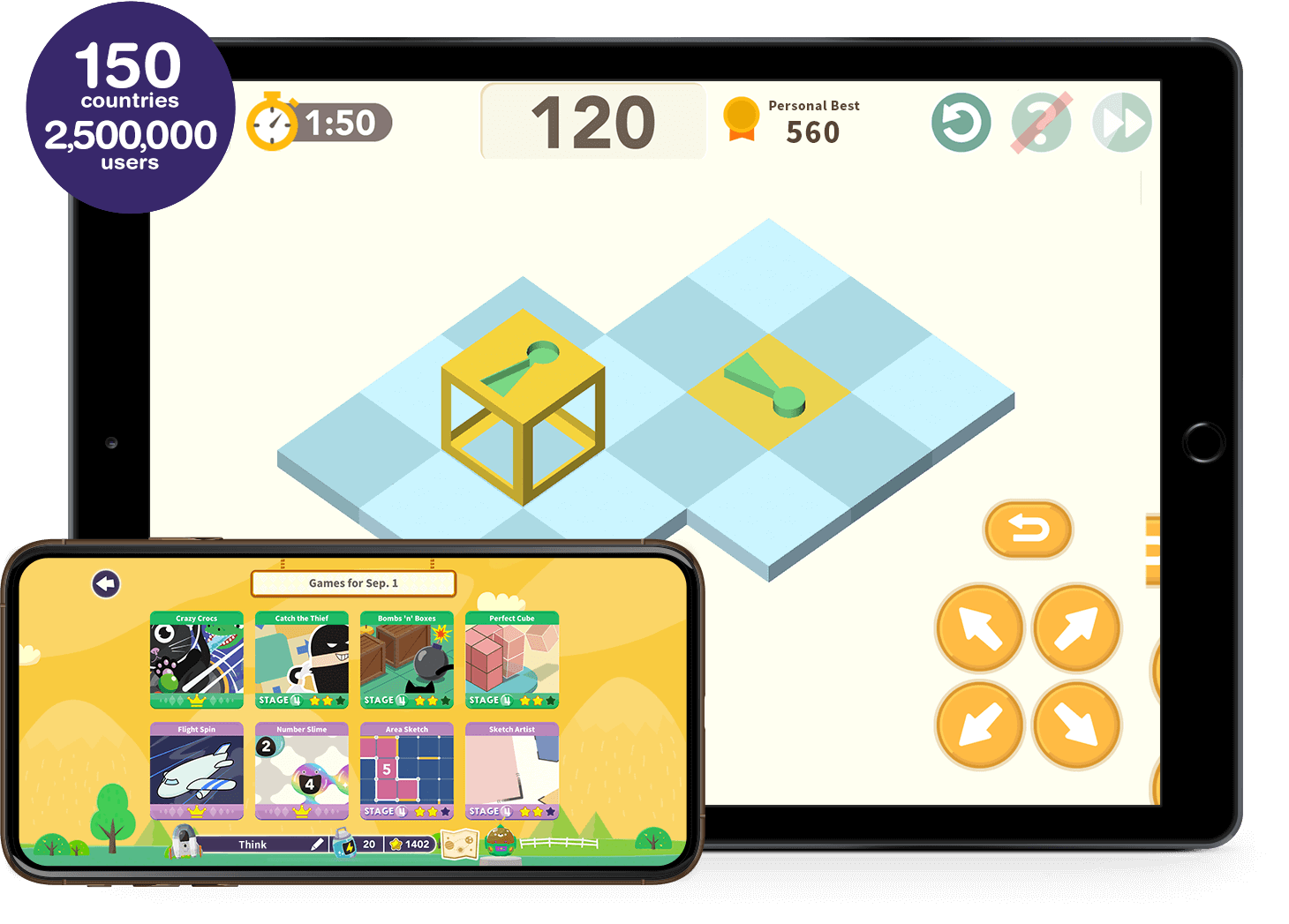
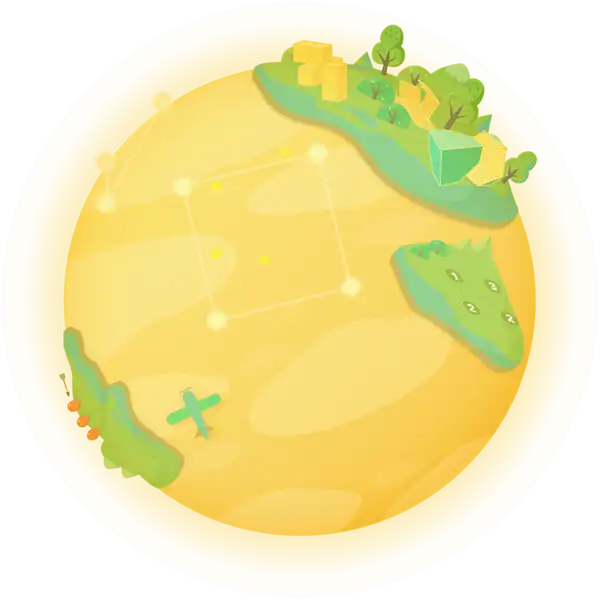





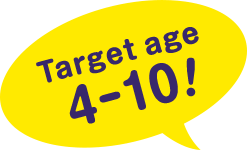
Think!Think! is an award-winning educational app designed to develop children’s critical thinking skills by using over 20,000 intellectually stimulating quizzes and puzzles.
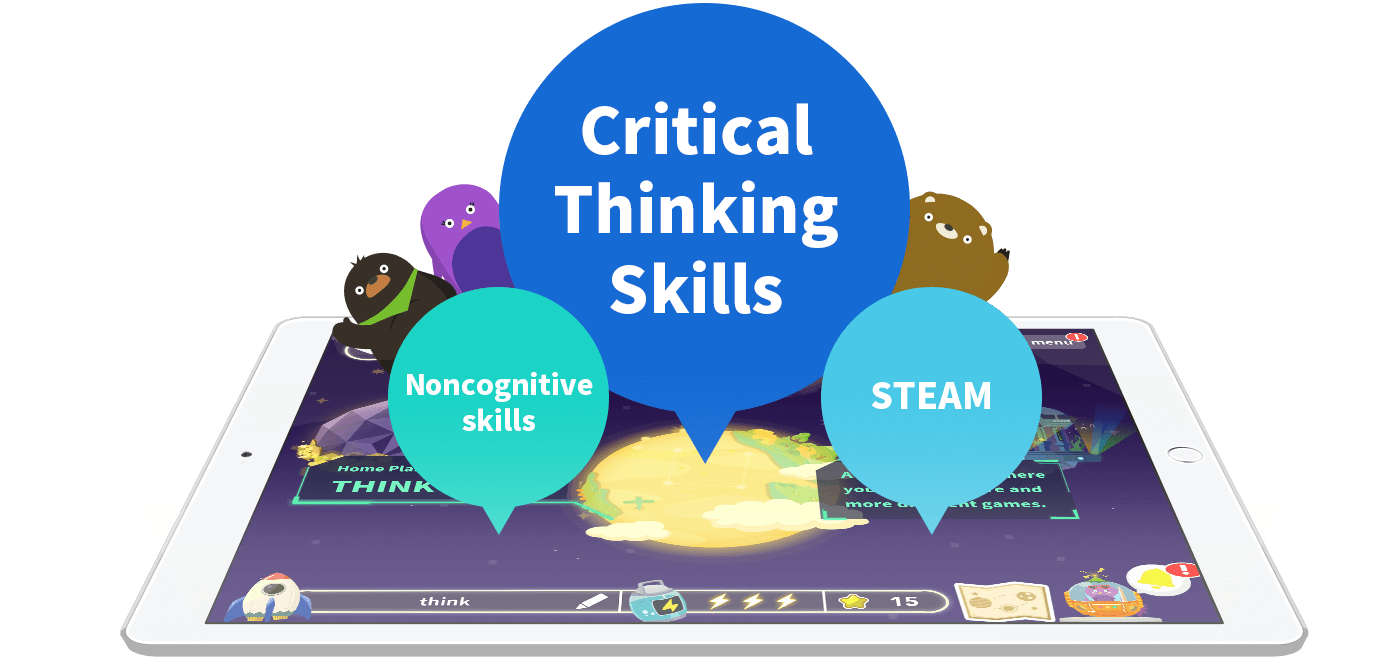
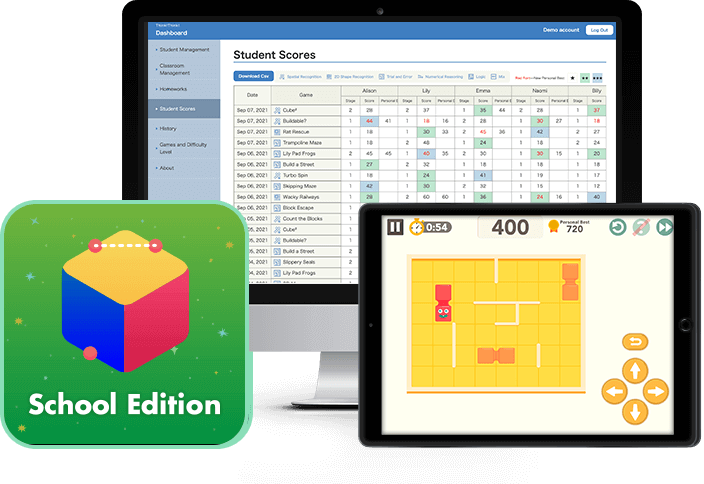
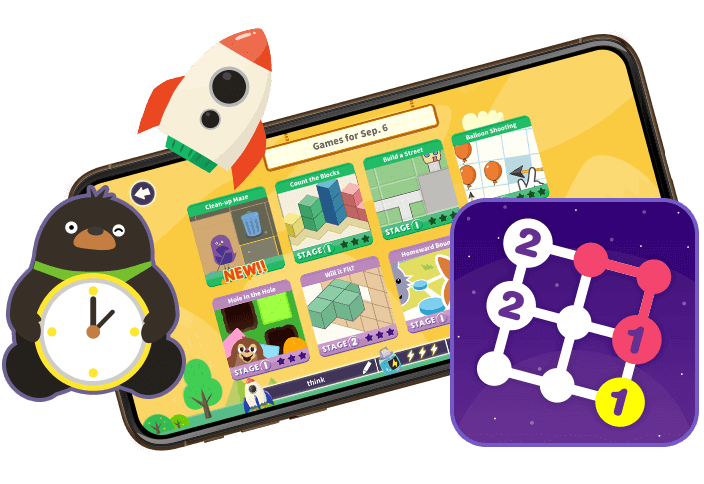

The ability to identify, analyze and evaluate situations,
ideas and information in order to formulate responses to problems.
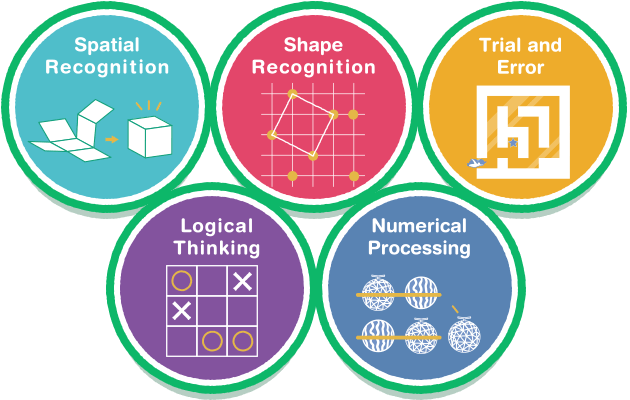

A joint research experimental trial was conducted by Japan International Cooperation Agency(JICA) and Keio University. The findings found that children who used Think!Think! during the three month trial period improved significantly on their math and IQ test scores compared with the control group which did not use Think!Think!
Positive impact on
Confidence
and
Motivation
Target audience: 1636 students (elementary first through fourth graders). Trial period: three months (followed by an eight month extension survey to compare the Think!Think! experiment and control groups)

Professor of the Faculty of Policy Management, Keio University External evaluation carried out by Professor Makiko Nakamuro (author of “The Economics of Academic Ability”)
These problems consider how a 3D object casts a shadow. Spatial awareness can be classified into four categories: perception, cross-section, projection and mental folding. This type of problem naturally fosters the ability to project by using the theme of "shadows" that children are already familiar with.
These problems deal with the cross-section of a 3D object when it is cut. By experiencing numerous cross-sectional views of typical solid objects such as cubes, pyramids, and cylinders, the user will develop the ability to visualize cross-sectional views of shapes while having fun.
These problems require the user to find the vertex of a square among the points. In order to find a shape by using only the points as a guide, you need the ability to plot imaginary lines. This problem will develop one's ability to plot imaginary lines using squares as a theme.
The objective of these problems is to reach the goal without touching the crocodiles. This is one of the best educational materials for developing a sense of thinking. Users learn how to proceed despite taking a hit, the ability to logically divide options by saying, "if it's not this way, then it must be this way," and to work backwards from the goal to find a solution.
The objective of these problems is to arrange the stuffed toys correctly using photos as clues. Because there is no text shown, even children in the lower grades of elementary school can enjoy thinking logically and developing their skills by combining multiple conditions together e.g., "this must go here because of X."
These problems require the player to determine whether the number of candy on the left and right sides is the same or not. Students are encouraged to think about the number of candy on the right-hand side by moving them around in their minds which cultivates an attitude of thinking creatively and grasping numbers graphically.
A sense of thinking is a very important ability for effective learning. For example, a child with good sense of thinking will realize that, when learning multiplication and division, they are in fact, dealing with the same thing but from a different angle. From this, the child will be able to grow rapidly independently. Furthermore, as we live in a generation where anything can be learned online, there is a large difference in academic performance depending on one's level of motivation. Think!Think! fosters a sense of thinking along with a motivation to learn by tackling high-quality puzzles and three-dimensional and graphic problems, all whilst having fun.
Users can quickly develop a sense of thinking that helps them assemble 3D shapes in their heads or imagine all sides of a cube when it is flat. Think!Think! helps users gain a sense of thinking and visualization through various games where you can rotate objects, cut shapes into smaller pieces, etc., only things that can be done using technology. In addition, Think!Think! Is able to tailor the level of problems to each user and give real-time feedback. This far exceeds the limits of paper-based content and users are able to learn more effectively.
Of course paper-based content has its own benefits, and at Wonderfy, that is why we created WonderBox. WonderBox is a monthly STEAM-based subscription box that combines digital and paper-based content. This is only available in Japan at the moment.
Think!Think! is designed so that rules can be understood intuitively, and the problems are tailored to each child's individual level. Should your child have a hard time with a particular question, you can guide them toward the hint button on the screen.
Each time your children solve a puzzle, they can see a visualization of the problem on the screen. For example, a problem could show how a 3D object is cut to make a cross-section or how a net is assembled. Even if, at first, the concept is difficult to understand, they will gradually be able to visualize abstract ideas and concepts in their head by themself.
If you're a parent or guardian, please encourage your children's efforts by saying, "That's great!” and “Keep trying!"
- For Android users: https://play.google.com/store/apps/details?id=com.hanamarulab.thinkthinkapp
- For iOS users: https://apps.apple.com/app/apple-store/id1082259392
- For Amazon users: https://www.amazon.com/dp/B06Y6481X7
Please fill out the contact form below:
https://think.wonderfy.inc/en/contact/